Testing of ITER wall panels under way
.jpg)
The first stage of the acceptance tests was the measurement of the geometric parameters of the prototype, carried out using an optical scanning machine. The purpose of such measurements is to check the compliance of the product with the drawings, as well as to build a 3D model with real dimensions based on the data obtained.
At the headquarters of the ITER Organisation, the 3D model is integrated into the overall virtual assembly of the reactor to check compatibility with other components of the facility. The prototype of the first wall panel will undergo static and dynamic hydraulic tests and a hot helium leak test by the end of the year.
Based on the results of acceptance tests, the ITER Organisation will decide on the transition to serial production of the first wall panels.
According to Rosatom, the panels of the first wall of the reactor are "one of the most important and technically complex components" of ITER. Along with the diverter, they are in direct contact with the hot plasma. Each panel consists of 40 so-called 'fingers'. Each finger is a complex multi-layer construction of 16 by 16 mm beryllium cubes soldered onto copper-chromium-zirconium alloy, which is bonded to the steel base by diffusion welding. Each panel measures about 2 metres by 1.5 metres by 0.5 metre, and weighs around 800 kilograms. The panels have different shapes - the scientists of JSC NIIEFA have developed 40 variants of their design.
.jpg)
The prototype wall panel (Image: JSC NIIEFA)
In the ITER project, Russia's responsibilities include the manufacture of 179 of the most energy intensive (up to 5 MW per square metre) panels of the first wall, which is 40% of the total area of the reactor wall.
ITER is a major international project to build a tokamak fusion device designed to prove the feasibility of fusion as a large-scale and carbon-free source of energy. The goal of ITER is to operate at 500 MW (for at least 400 seconds continuously) with 50 MW of plasma heating power input. It appears that an additional 300 MW of electricity input may be required in operation. No electricity will be generated at ITER.
Thirty-five nations are collaborating to build ITER - the European Union (plus Switzerland and the UK) is contributing almost half of the cost of its construction, while the other six members (China, India, Japan, South Korea, Russia and the USA) are contributing equally to the rest. Construction began in 2010.
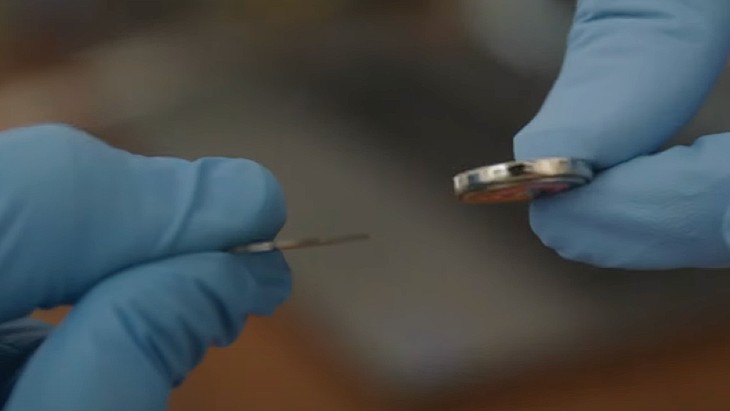
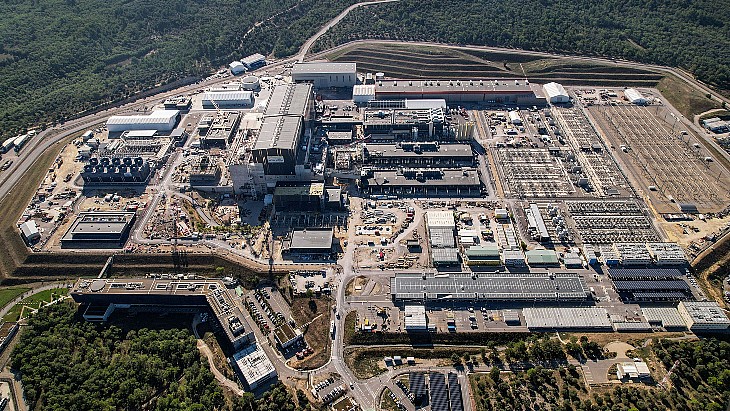
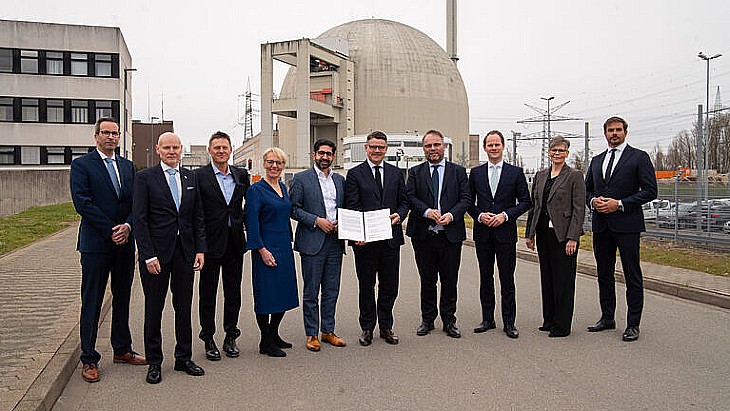
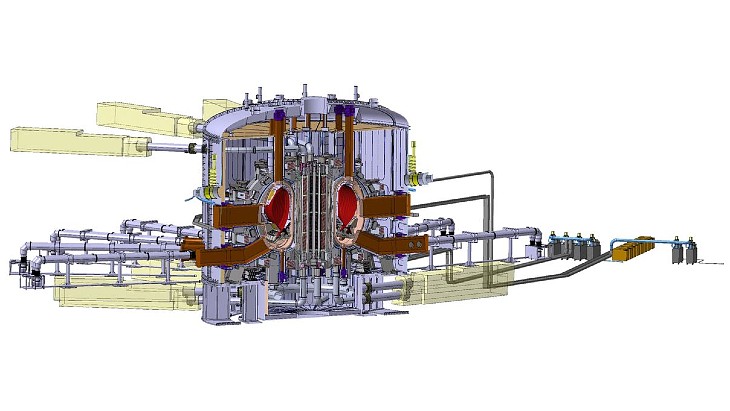





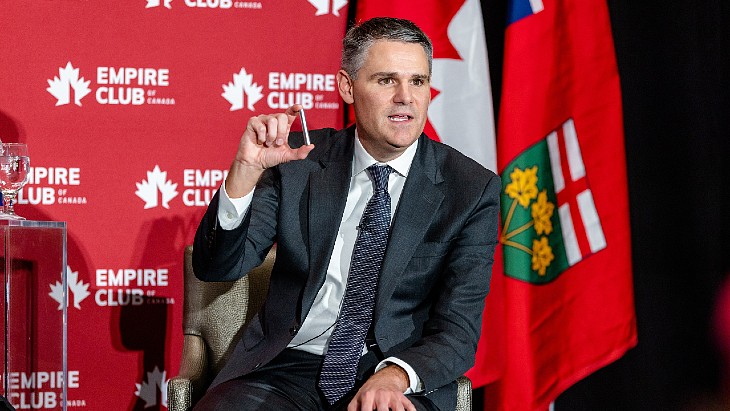
_88592.jpg)

